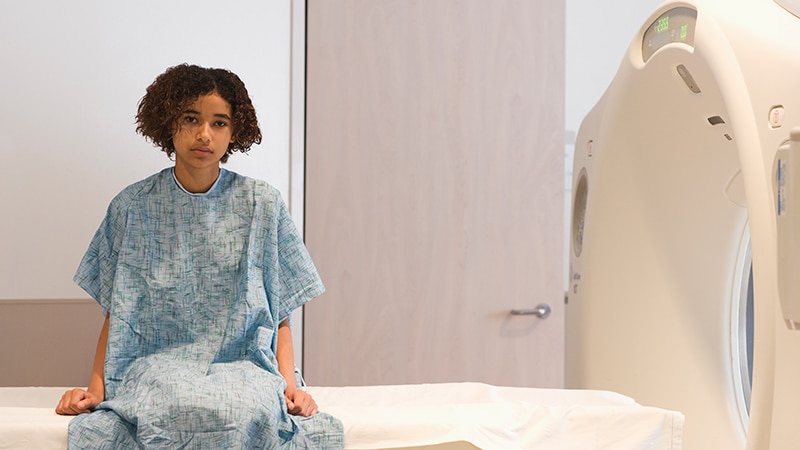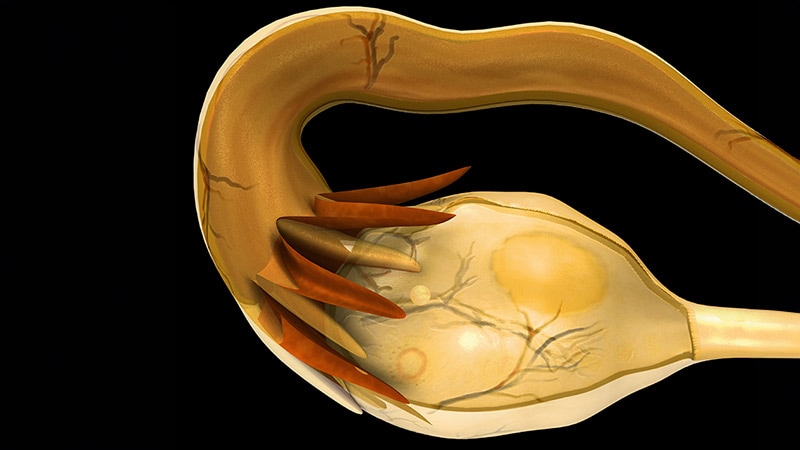Takeaway
- A pooled analysis finds that denosumab is superior in efficacy to bisphosphonates for osteoporotic postmenopausal women who are transitioning off oral bisphosphonates.
Why this matters
- Findings suggest that women with osteoporosis can safely and effectively transition from a bisphosphonate to denosumab.
Study design
- Patient-level pooled analysis of 4 randomized controlled trials (RCTs; n=2850) of osteoporotic women transitioning from oral bisphosphonates to either 60-mg denosumab once every 6 months or a bisphosphonate (oral alendronate, risedronate, ibandronate, or intravenous zoledronic acid).
- Funding: Amgen Inc.
Key results
- Denosumab (vs bisphosphonates) was associated with greater bone mineral density (BMD), ranging from 0.6% to 2.0%.
- Lumbar spine: 2% (95% CI, 1.8%-2.3%).
- Total hip: 1.3% (95% CI, 1.1%-1.5%).
- Femoral neck: 1.2% (95% CI, 1.0%-1.4%).
- 1/3 radius: 0.6% (95% CI, 0.3%-1.0%).
- Denosumab (vs bisphosphonates) was associated with greater decrease in bone turnover markers in the serum, CTX-1 and P1NP, at months 1, 6, and 12 (all Ps<.0001).
- CTX-1 change at month 1 was correlated with percentage increase in lumbar spine and total hip BMD at month 12 with denosumab (r=−0.16 [P=.0004] and r=−0.22 [P<.0001], respectively), but not with bisphosphonate (r=−0.03 [P=.5504] and r=0.08 [P=.0907]).
- No differences between groups in adverse events.
Limitations
- Open-label design of 2 of 4 RCTs.
- No assessment of fracture risk.
References
References



